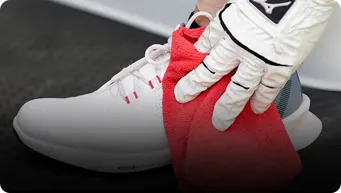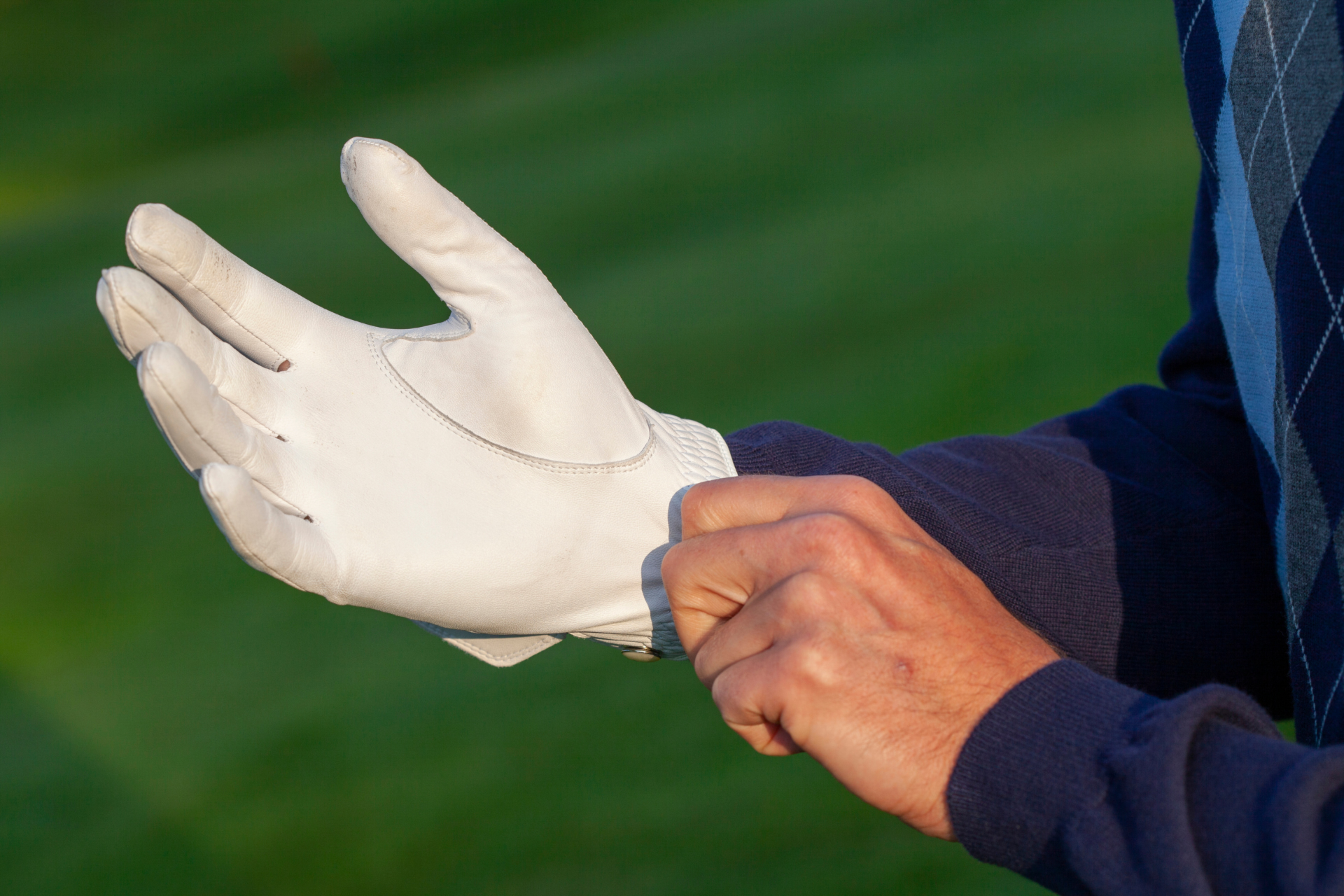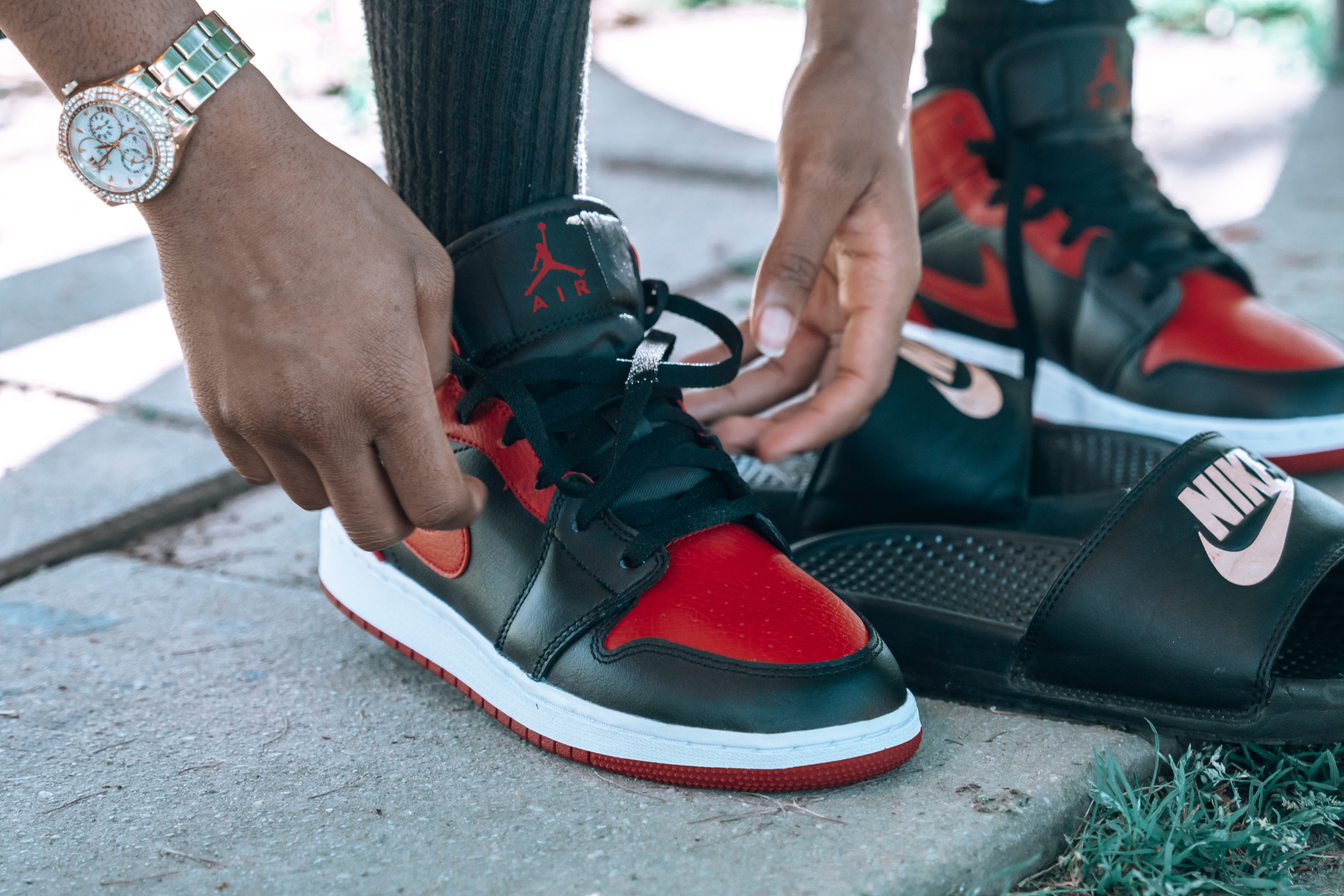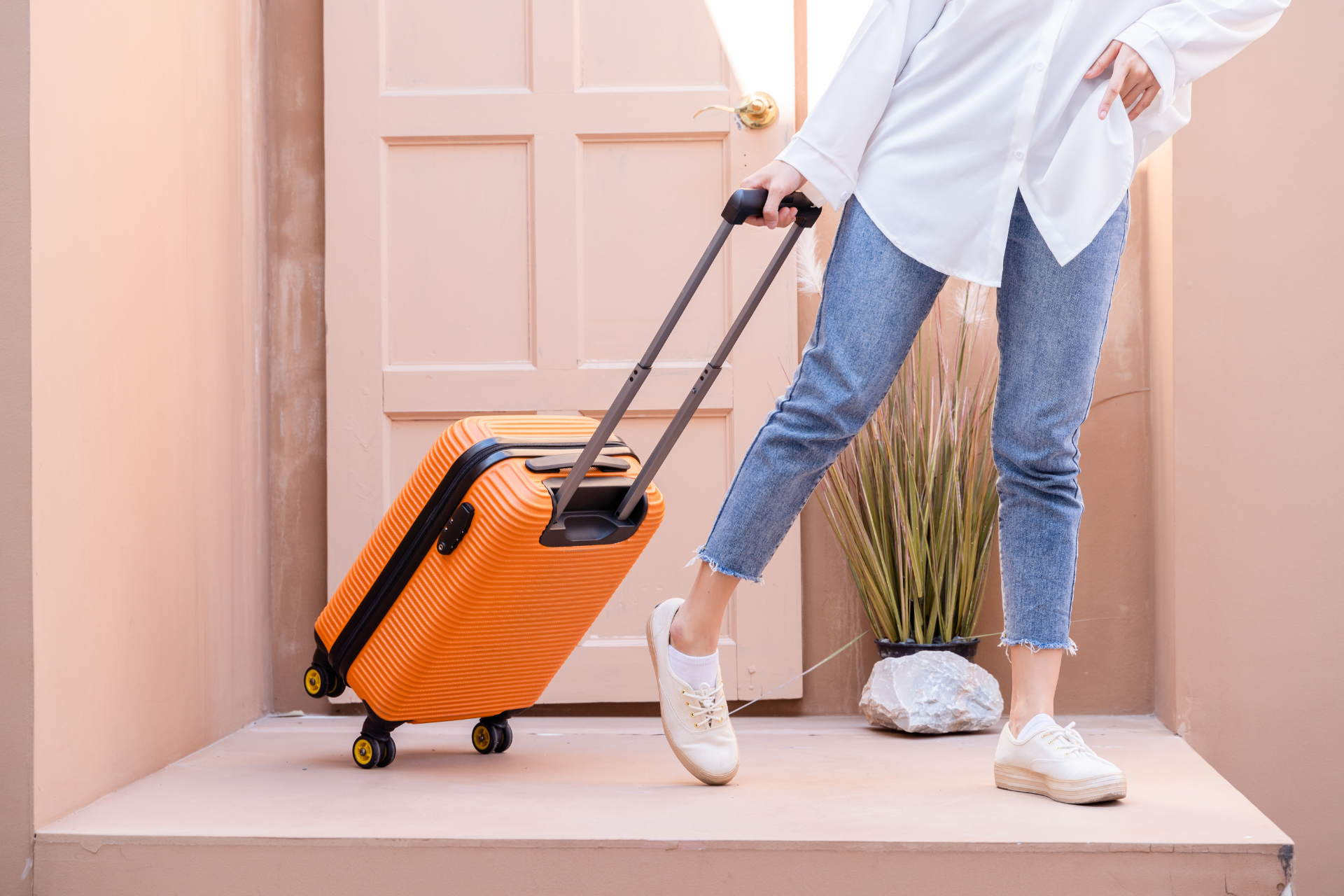Rain or Shine: How to Waterproof Your Sneakers

When it comes to our beloved sneakers, we want them to withstand any weather conditions, rain or shine. Whether you're trekking through a rainy city or stepping into puddles on an outdoor adventure, having waterproof shoes can make all the difference.
In this blog post, we'll explore everything you need to know about how to waterproof sneakers.
The Importance of Waterproofing Sneakers
Picture this: you're walking down the street, enjoying the crisp air, and suddenly, dark clouds gather above you, unleashing a torrential downpour. Without waterproof shoes, your feet become soaked, your socks turn squishy, and your comfort diminishes.
Waterproofing shoes can save you from this discomfort and keep your feet dry even in the heaviest rain. Additionally, dampness can lead to unpleasant odors, mold growth, and damage to the shoe's structure, making waterproofing an essential step in sneaker maintenance.
Understanding the Science of Water Repellent Coatings
Water-repellent coatings work their magic by altering the surface properties of your sneakers, making them resistant to water penetration. There are two primary types of coatings: hydrophobic and hydrophilic.
Hydrophobic vs. Hydrophilic Coatings
Hydrophobic coatings, such as our waterproofing spray, repel water by reducing the surface tension, causing water droplets to bead up and roll off the material. These coatings typically contain fluoropolymers or silicone-based compounds.
On the other hand, hydrophilic coatings attract and absorb water, allowing it to spread across the surface evenly. These coatings are often made from materials like polyurethane and create a thin film that prevents water from seeping through.
Preparing Your Sneakers for Waterproofing
Before diving into the process of waterproofing shoes, proper preparation is key to ensure optimal results.
Cleaning Your Sneakers
To achieve an effective waterproofing application, start by cleaning your sneakers thoroughly. Remove any dirt, debris, or stains from the surface using a mild detergent or specialized sneaker cleaner. Pay close attention to the crevices and textured areas, and use a soft brush or cloth to gently scrub away grime. Allow your sneakers to dry completely before proceeding to the next step.
If you have suede shoes, we delved into a step-by-step guide on how to clean suede shoes.
Drying Your Sneakers
Proper drying is essential to prevent moisture from being trapped within your sneakers, which can lead to odors and mold growth. After cleaning, place your sneakers in a well-ventilated area at room temperature. You can also use a shoe tree which will prevent the shoe material from getting wrinkled while allowing good ventilation.
Avoid direct sunlight or using artificial heat sources, as excessive heat can damage the materials. Patience is key here; allow your sneakers to air dry naturally until they are completely moisture-free.
Identifying the Type of Material Your Sneakers Are Made Of
Different sneaker materials require specific waterproofing methods and products. Check the label or consult the manufacturer's guidelines to determine your shoe material. Common materials include leather shoes, canvas, suede, and synthetic fabric shoes. Knowing the material will help you choose the appropriate waterproofing method and ensure compatibility.
Waterproofing Methods for Sneakers

Now that you've prepared your sneakers, it's time to delve into the various methods of waterproofing.
Using Waterproofing Sprays
Waterproofing sprays are a popular and convenient choice for many sneaker enthusiasts. These sprays contain water-repellent compounds that form a protective layer on the shoe's surface. Apply the spray evenly, holding the canister at a distance, and allow the sneakers to dry for the recommended time. Repeat the process if necessary for optimal protection.
Step-by-Step Guide for Waterproofing Your Sneakers
Now that you're familiar with the waterproofing methods, let's walk through a step-by-step guide to help you achieve successful waterproofing results.
Materials Needed
-
Waterproofing spray
-
Soft brush or cloth for cleaning
-
Mild detergent or sneaker cleaner
-
Shoe tree
-
Well-ventilated area for drying
Application Process for Each Waterproofing Method
-
Brush dirt and debris off the shoe
-
Apply and clean your sneakers thoroughly using a sneaker cleaner.
-
Scrub the foam into the material with the cleaning brush.
-
Wipe clean with the microfiber cloth.
-
If you have suede sneakers brush with the suede brush, then use the suede eraser to remove any stains.
-
Then spray with the waterproofing spray
-
Repeat the process if necessary for optimal protection.
-
Lastly, spray the inside of the sneakers with the deodorizer spray.
All of these items can be found in our sneaker and shoe care kit and you can get the waterproofing spray here.
Caring for Your Waterproofed Sneakers

After waterproofing your sneakers, it's essential to maintain their effectiveness and prolong their lifespan.
Tips for Maintaining the Effectiveness of Your Waterproofing
To keep your sneakers performing at their best, follow these tips:
-
Avoid submerging your sneakers in water or exposing them to heavy rain for extended periods.
-
Clean your sneakers regularly to remove dirt and debris that may compromise the waterproofing.
-
Reapply the waterproofing product as needed, especially after cleaning or significant wear.
-
Store your sneakers in a cool, dry place to prevent excessive moisture exposure.
Frequently Asked Questions
What Is the Best Method for Waterproofing Sneakers?
The best method for waterproofing shoes depends on the material of your shoes and personal preference. Sprays are versatile, while waxes provide durability for leather and suede shoes. Consider the characteristics of your sneakers and choose accordingly.
Can I Use Household Products To Waterproof My Sneakers?
While some household products may offer temporary water repellency, they are not specifically designed for sneaker waterproofing. It's recommended to use specialized waterproofing sprays formulated for this purpose to ensure long-lasting and effective protection.
How Often Should I Waterproof My Sneakers?
The frequency of waterproofing depends on factors such as your usage patterns, climate, and the specific product you're using. As a general guideline, reapply the waterproofing every few months or when you notice a decrease in water repellency.
Will Waterproofing My Sneakers Affect Their Breathability?
Waterproofing products can reduce the breathability of your sneakers to some extent. However, many modern formulations strike a balance between water repellency and breathability, allowing your feet to remain reasonably comfortable.
Protect Your Sneakers - Rain or Shine - With Red Moose
Waterproofing your sneakers is a game-changer, ensuring your feet stay dry, comfortable, and protected in any weather condition. By understanding the science of water-repellent coatings, preparing your sneakers correctly, and following the step-by-step guide, you can achieve effective waterproofing results.
Remember to care for your waterproofed sneakers properly and avoid common mistakes to maintain their longevity. With this newfound knowledge, you can confidently face rainy days or unexpected adventures, knowing your sneakers are ready to weather any storm.



 Free Shipping over $60
Free Shipping over $60
 Easy Returns
Easy Returns



















Dejar un comentario